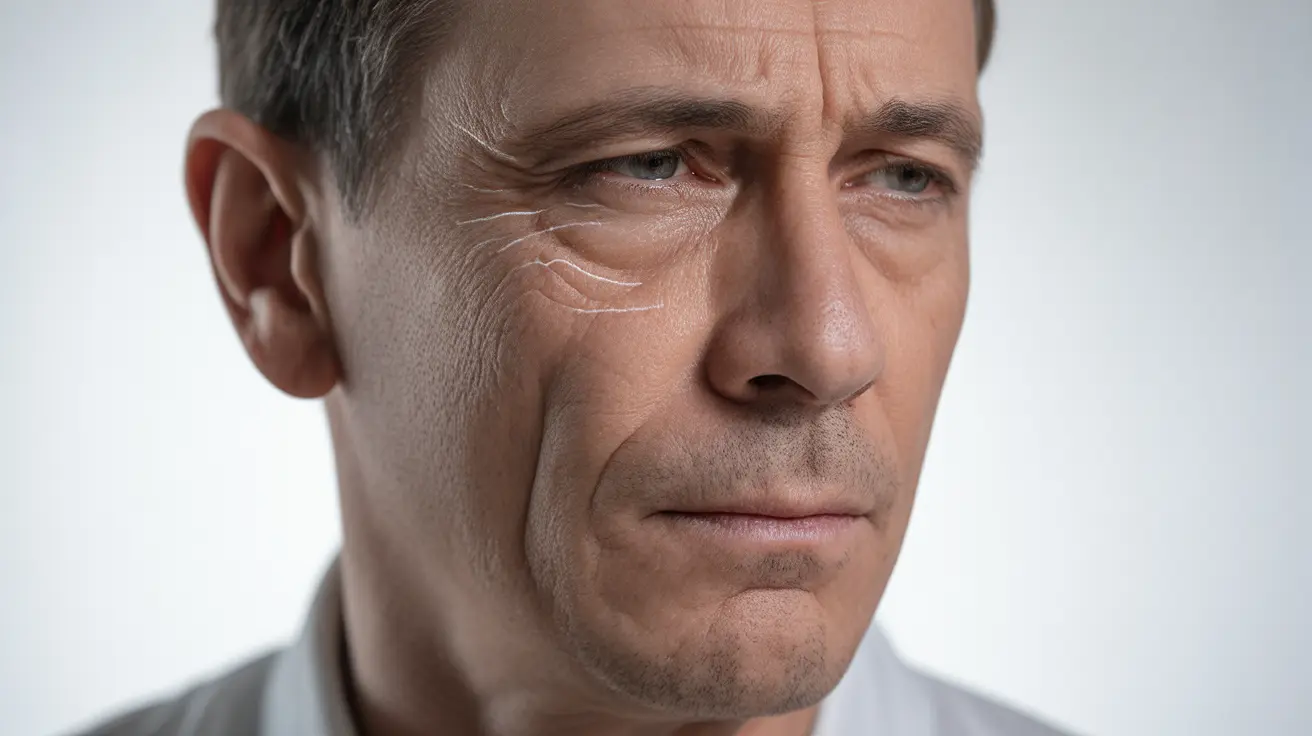Facial tremors are a significant symptom that many people with Parkinson's disease experience, affecting areas like the jaw, lips, and facial muscles. These involuntary movements can impact daily activities and social interactions, making them an important aspect of Parkinson's disease management to understand and address.
While facial tremors may not be as widely discussed as hand or arm tremors, they can significantly affect a person's quality of life. Understanding their causes, progression, and available treatment options is crucial for both patients and caregivers.
Understanding Facial Tremors in Parkinson's Disease
Facial tremors in Parkinson's disease occur due to changes in the brain that affect muscle control and movement. These tremors typically manifest as rhythmic, involuntary movements in various parts of the face, including the jaw, lips, and tongue. The underlying cause is related to the loss of dopamine-producing cells in the brain, which disrupts normal motor function control.
Common Types of Facial Tremors
Several distinct types of facial tremors can occur in Parkinson's disease:
- Jaw tremors (mandibular tremors)
- Lip tremors
- Tongue tremors
- General facial muscle tremors
Early Signs and Progression
Facial tremors can appear at different stages of Parkinson's disease, though they're not typically among the earliest symptoms. Most patients first experience tremors in their hands or fingers before facial involvement becomes apparent. However, the progression and severity of facial tremors can vary significantly among individuals.
Impact on Daily Life
Facial tremors can affect various aspects of daily living, including:
- Speaking and communication
- Eating and drinking
- Facial expressions
- Social interactions
Management and Treatment Options
Several approaches can help manage facial tremors in Parkinson's disease:
Medication-Based Treatments
Various medications can help control facial tremors, including:
- Levodopa and other dopaminergic medications
- Anti-tremor medications
- Muscle relaxants when appropriate
Therapeutic Interventions
Non-pharmaceutical treatments may include:
- Speech therapy
- Physical therapy focused on facial exercises
- Botulinum toxin injections in specific cases
- Relaxation techniques
Lifestyle Adaptations
People with facial tremors can implement various strategies to better manage their symptoms:
- Using adaptive eating utensils
- Practicing stress reduction techniques
- Maintaining good posture during activities
- Avoiding trigger factors like caffeine or stress
Frequently Asked Questions
What causes facial tremors in Parkinson's disease and how common are they? Facial tremors in Parkinson's disease are caused by the loss of dopamine-producing cells in the brain, affecting muscle control. They occur in approximately 30-40% of people with Parkinson's disease, though the exact prevalence varies.
How can jaw or lip tremors in Parkinson's disease be managed or reduced? Jaw and lip tremors can be managed through a combination of medication, therapeutic interventions like speech therapy, and lifestyle modifications. Treatment typically involves dopaminergic medications, and in some cases, targeted therapies like Botulinum toxin injections.
What is the difference between facial tremors and other Parkinson's tremors like finger or head tremors? Facial tremors often have different characteristics than limb tremors. While hand tremors typically occur at rest, facial tremors can be present both at rest and during voluntary movements. They may also respond differently to medications and have distinct patterns of progression.
Can facial tremors be an early sign of Parkinson's disease or do they usually appear later? Facial tremors are typically not among the earliest signs of Parkinson's disease. They usually develop as the condition progresses, with hand and finger tremors being more common initial symptoms.
How does Parkinson's disease progression affect the severity and spread of facial tremors? As Parkinson's disease progresses, facial tremors may become more pronounced and affect additional areas of the face. The severity and pattern of progression vary among individuals, and symptoms may fluctuate over time, particularly in response to medication cycles.




